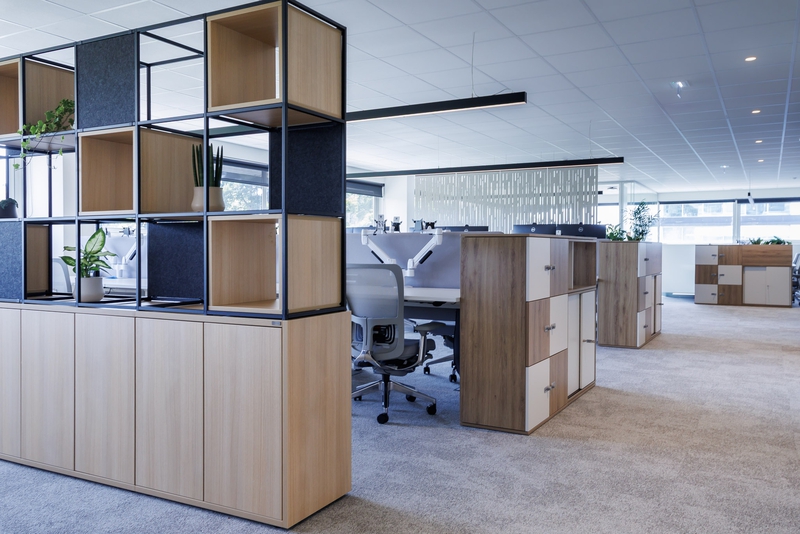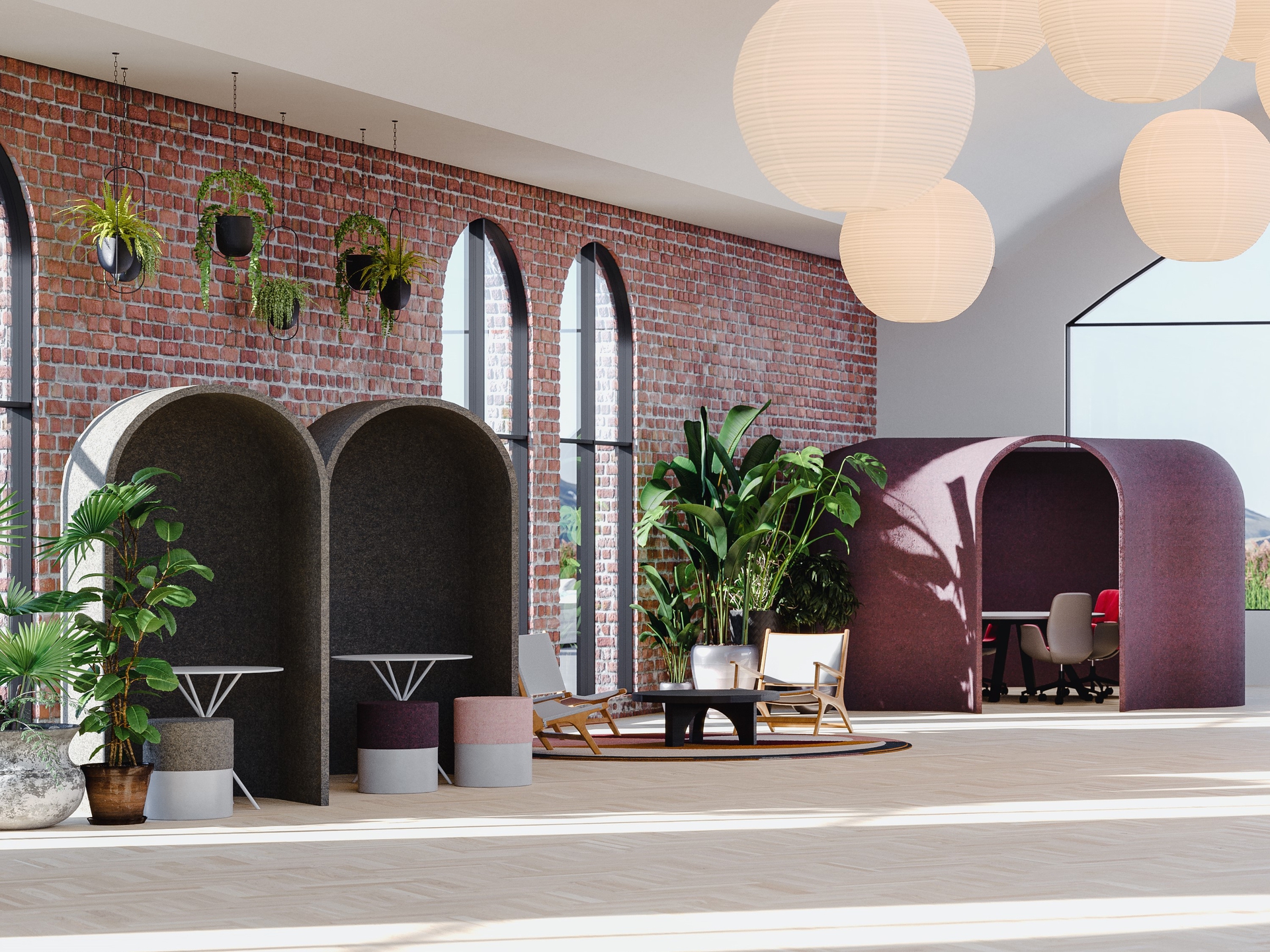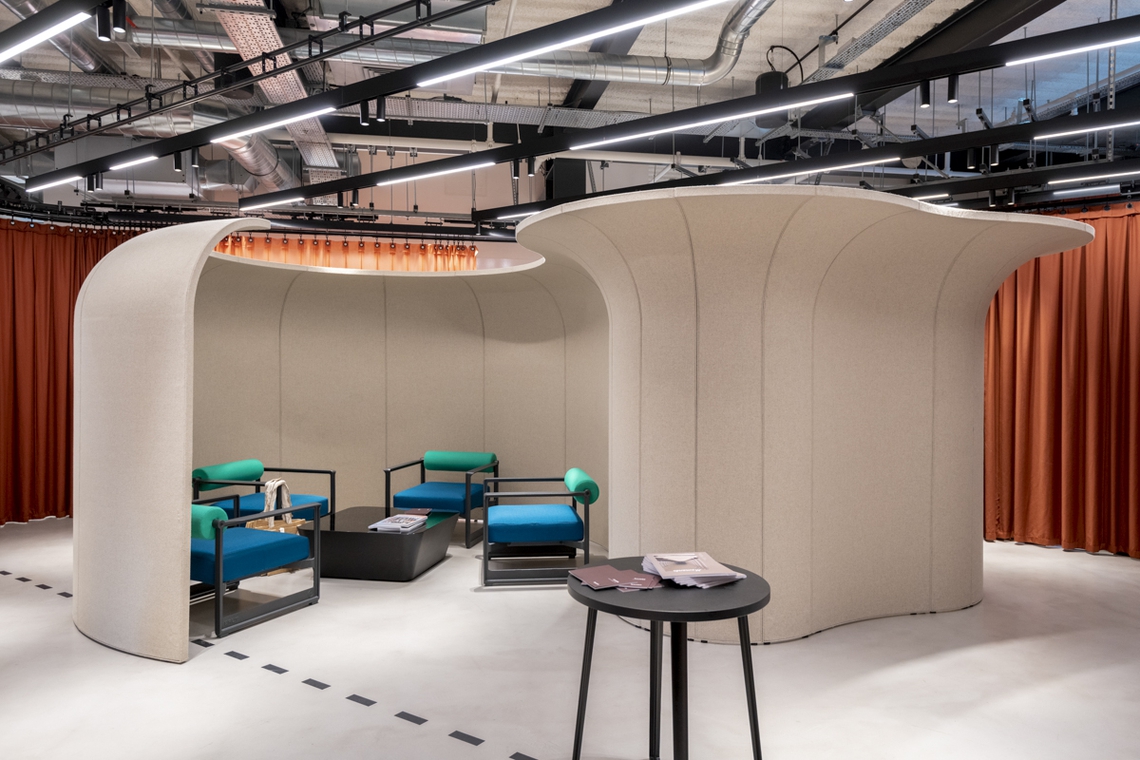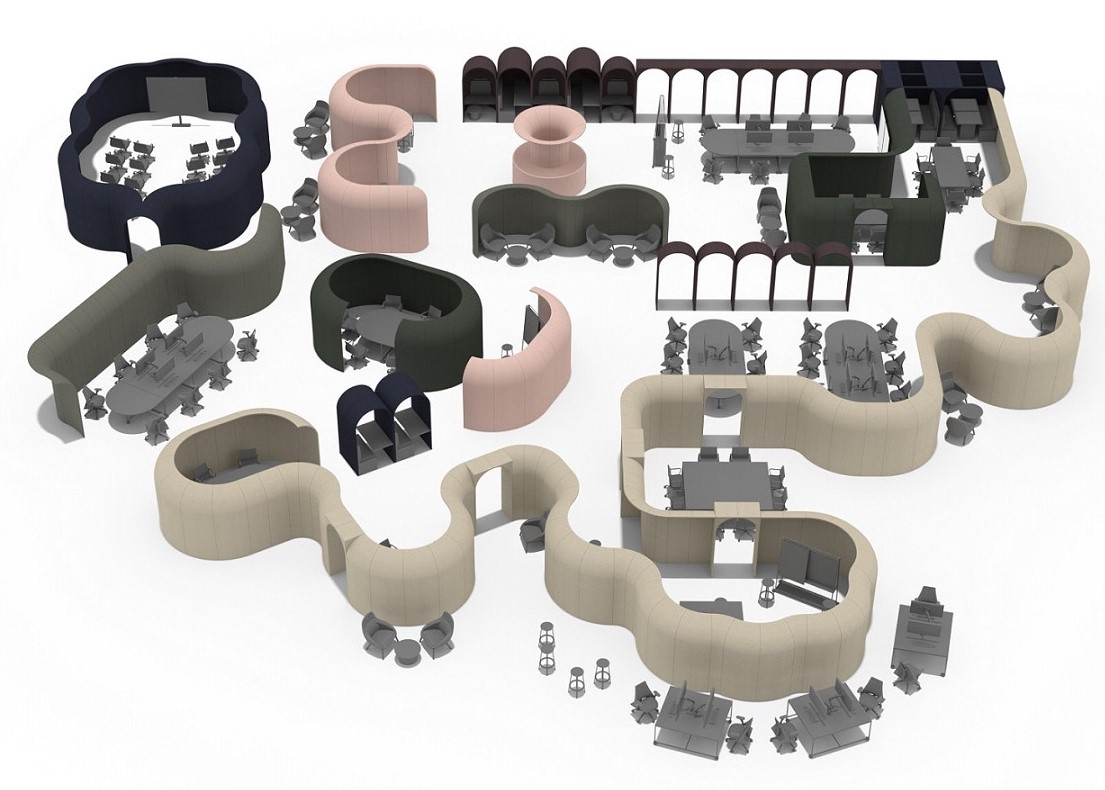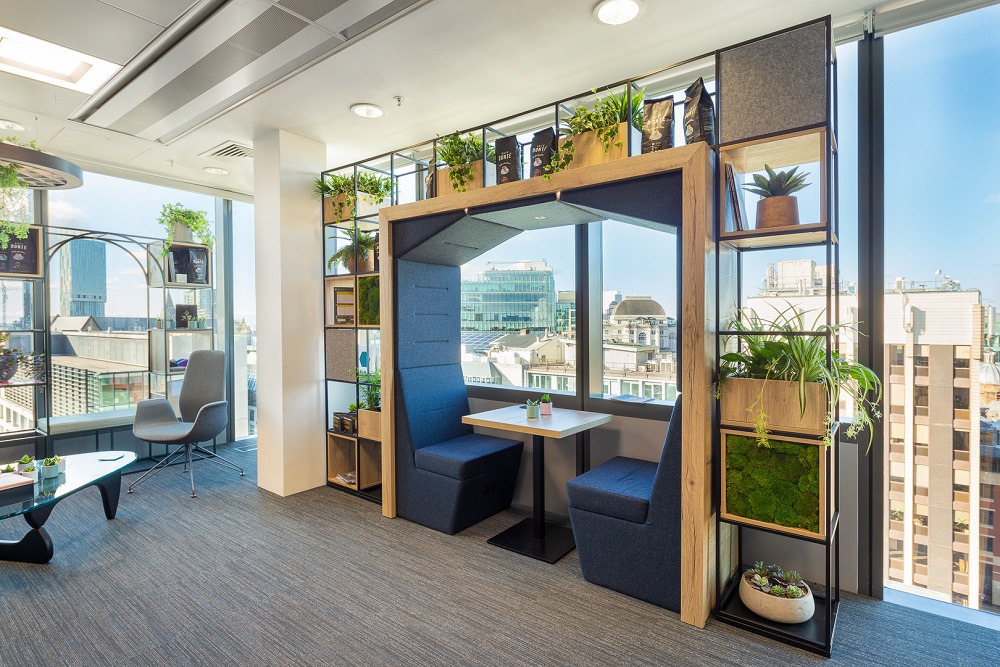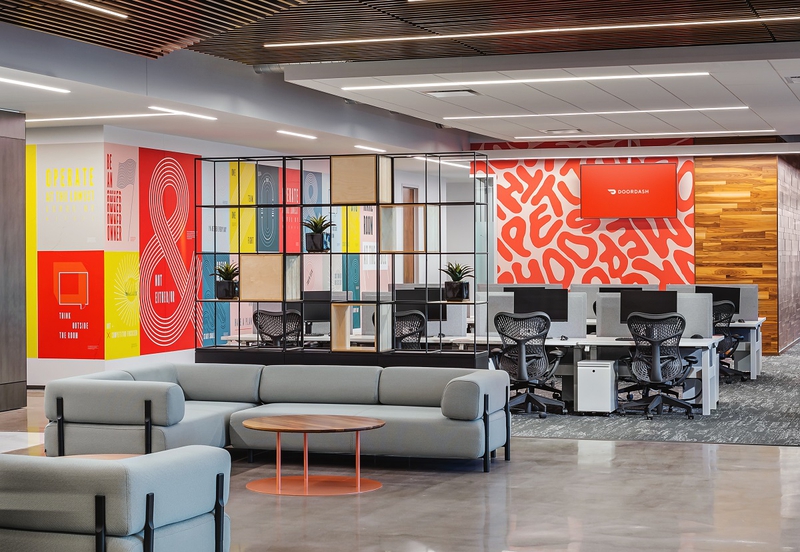26 Jul 2022
Return to the Workspace Solutions, Industry Trends
Landscapes for Work
The world as we know it is constantly evolving and in recent years, rapidly so.
In-line with the wider social consciousness and renewed focus on prioritising human beings and wellness, corporations have devised a host of policy-led workplace changes from the 4-day-work-week to improved training and development. But these policies can only go so far when enticing a reluctant workforce back into the office, attracting and retaining top talent and being an employer of choice.
This is where workplace design steps in as an incredible tool to prioritise a human-centric workplace approach and quite literally, build a brand-new landscape for work.
Choice, wellbeing, comfort and sustainability are just some of the key factors to consider when designing for the post-pandemic workforce and in this article, we’ll be looking at how design and in particular, furniture design can be incredibly impactful in building a brand new and improved landscape for work.

Benefits of Soft Architecture
Soft architecture changes shape when needed, blurring the lines between interior and exterior, solid structure and flexible design. Soft architecture creates a curious relationship between organic forms and manufactured materials, bringing nature, creativity and an element of free-will into the office.
Unique and tailored office furniture solutions that are adaptable and modular are a great example of soft architecture, as it provides a workspace that allows people to modify, change and “edit” their workspace as they see fit.
Our Verandas, for example, are completely reconfigurable and able to be utilised for various uses, trialled in different areas and will evolve with the workspace rather than be outgrown by it.
Aeonica, which comes in a kit-of-parts made from only 5 shapes has the ability to form unlimited design landscapes while simultaneously enabling the effortless creation of a timeless, cosier, and more restful vibe. Arcadia also comes with the benefit of acting as an office divider, gently separating the workplace into zones. The popularity of modular, soft architecture is a clear demonstration that the new landscape for work is fluid, agile and intuitive.

Intuitive Furniture
Intuitive office design at its core, priorities the human experience and is a key step forward into the new landscape for work, as it recognises that there is likely to be a random and unpredictable mix of employees in the office at any one time.
With the rise in co-working spaces and activity based work, intuitive design ensures accessibility for all; full-time employees, remote colleagues who visit occasionally and even external partners, creating comfort and a sense of home and belonging in the workplace.
Intuitive furniture doesn’t require planning and isn’t complicated; anybody can use it for solo focus work, or integrate it with other furniture design solutions for collaboration or socialising, creating a workplace kit of parts.
For example, Verandas can be combined with Residence Connect, Palisades or Hotlockers in order to create a single solution for multiple purposes or act as office dividers for activity-based zones. You can see this mix of solutions in our Manchester Design Centre which enables the office to adapt intuitively.
Likewise, the whole family of Residence office pod and booth solutions are interconnectable and thus intuitive, moving, connecting and working together in unison to create spaces that solve human issues.

Workspace of the Future
It’s clear that the landscape for work is transforming and as society progresses, as too do the demands and expectations of the workplace. There is a level of comfort to be found in that there is only one definite for the workplace of the future; uncertainty.
While nobody can be sure about the long-term future of the office, what we do know is that until a new norm is established, experimentation with design will continue. That’s exactly why modular, reconfigurable and sustainable furniture is the best tool to ensure that all businesses are best equipped to thrive under pressure, be agile in an ever-changing landscape and provide for the very diverse workforce of the future.


The Increase Performance of Modular Office Furniture
Not only does modular office furniture come with the benefits of increased design choice, it has a whole host of other advantages. Here are 3 advantages to modular office furniture:
A much longer shelf-life. The adaptable nature of modular furniture means that it is built to last, regardless of how many times it is reconfigured, moved and experimented with. By design, it is made for piloting solutions in new areas and therefore still looks brand new, even after the kit-of-parts has been destructed and reconstructed over and over again.
Sustainable by nature. Made to be used repeatedly, modular furniture negates the need to replace furniture that is no longer in style, functional or fit-for-purpose. Modular furniture stands alone and is moveable, so even when moving offices, or going through refurbishment, the agility of modular furniture means that there’s less waste, and less cost involved and is suitable for a variety of locations, no matter its size.
Improves productivity. Activity-based working where employees are not assigned a particular workstation but instead can choose from a variety of different places to work has been proven to increase productivity, motivation and enhance well-being of employees.
Share this article








